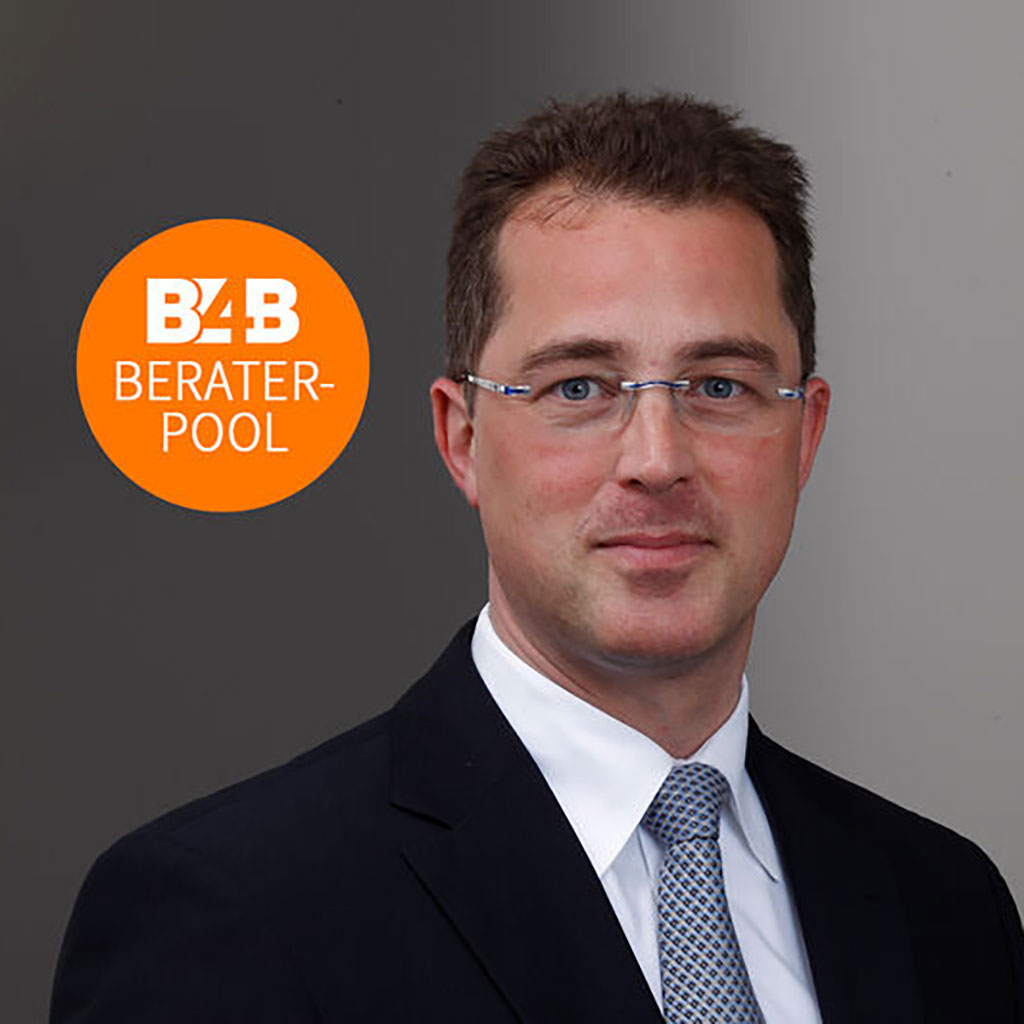The first question often arises when a design has already been protected by a registered design during the drafting process, but the product that actually comes onto the market then deviates from it. In principle, there is then no obligation to protect the product as well. More important, but related to this, is ultimately the question of whether a design of others that is identical or similar to the product still falls within the scope of protection of the registered design.
The overall impression is decisive
According to the German Design Act, which is harmonized with the EU-wide design law, protection under the registered design extends to any design that does not create a different overall impression on the informed user. The degree of freedom of the designer in developing his design must be taken into account.
The terms “informed user”, “overall impression” and “degree of freedom of design” used in the legal text are undefined legal terms which must be interpreted by the courts. It is true that these are based on the case law of the German Federal Court of Justice and the European Court of Justice, which provide basic interpretation criteria for this. However, within these guidelines, which are generally observed, the courts decide anew, taking into account the specifics of the individual case.
For example, an “informed user” is de jure considered to be a person who is familiar with the product area in question; de facto it is the “judicial persons”, i.e. the judges. The overall impression is also ultimately determined by them. For the “degree of design freedom” of the designer, it is then relevant, on the one hand, to what extent the registered design differs from the designs that were known to the informed user at the filing date.
Secondly, the “design density” is taken into account, i.e. the number of designs already known in the relevant field of goods at the filing date. As a rule of thumb, a high design density results in a narrow scope of protection, i.e. even minor deviations between the registered design and the competing design are sufficient to create a different overall impression and thus to be excluded from the scope of protection.
Conversely, a low design density usually results in a broad scope of protection, since even major design differences do not change the overall impression without further ado.
In the end, it is (usually) the court that decides
In the event of a dispute, the decision as to whether the third-party product design, which corresponds to one’s own product and thus deviates slightly from one’s own registered design, ultimately lies with the adjudicating court or the higher instances. The answer to this question, which is often decisive between victory and defeat, is usually only given at the end of the court proceedings and depends to a large extent on the court’s assessment, which cannot be clearly predicted.
In order to exclude this imponderability, outlined by the well-known legal adage “In court and on the high seas, you are alone in God’s hands!”, it is therefore advisable to have even slight modifications of an already registered design re-registered. This should preferably be done within the one-year grace period and the six-month priority period of the originally registered design. In order to reduce the number of new registrations as much as possible, it is advisable to file a German or European collective design application as a cost-effective variant, in which, in addition to the planned design, existing designs or modified designs “in the air” are also filed. Even if the product to be marketed is not included, the various designs of the multiple application can then build up a protective fence that increases the risk of infringement on the part of the competition.
Do you have any questions for patent attorney Ulrich Wohlfahrt, or would you like more in-depth advice?

